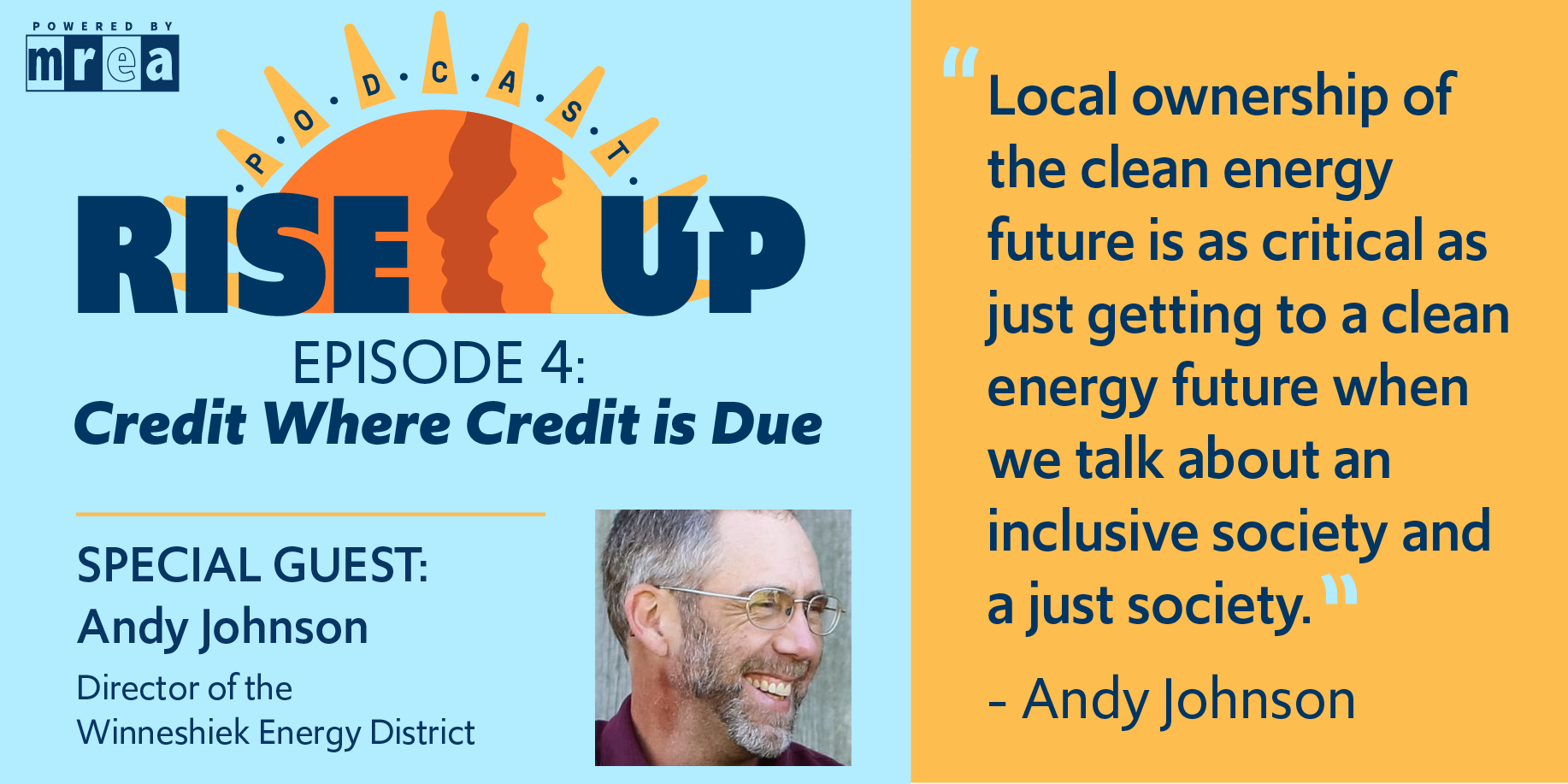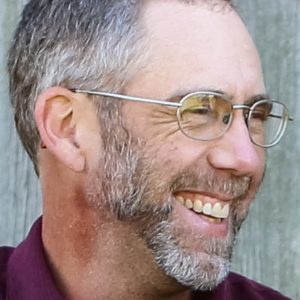
CREDIT WHERE CREDIT IS DUE
Season 1: Episode 4
A simple policy known as net energy metering, or net metering, has helped hundreds of thousands of home and business owners in 38 states invest in solar electric systems. These same home and business owners have helped to protect and advance renewable energy and energy efficiency laws that are constantly under assault by wealthy and politically connected electric utilities and energy companies.
In this episode, we talk with Andy Johnson, Director of the Winneshiek Energy District in Iowa, about how this battle played out in Iowa. And, we discuss the value of education and local organizing to make sure that local communities are represented in state and national decisions about how energy is produced and used.
Nick Hylla, MREA Executive Director
Jordan Pupols, MREA Events Manager
Episode Resources:
All Episodes:
Subscribe:
Signing up for our Action Alerts means you’ll be alerted as soon as the latest episode is available for listening on our website.
About This Epis0de
If you have been following energy policy developments in the Midwest over the last 5 years, you’ve probably noticed that electric utilities recently switched from fighting against solar energy development to developing solar projects at a record pace. Have energy companies seen the light? Should we shelve our concerns about wealthy, monopoly for-profit utility companies using their privileged market status and political connections to fight against solar energy and energy efficiency? Not so fast.
As you may have guessed, utility companies often support solar projects that they own and that financially benefit their investors (whether the generator uses coal or solar radiation as fuel, if the utility owns it the investors make a protected rate of return). And, they often fight against solar projects that they don’t own, as these projects reduce electricity demand and compete with them as independent generators.
So here we find ourselves; stuck in this strange and often contradictory place where utility representatives will support the value of the solar projects that they are developing while diminishing the value of solar energy on homes, businesses, schools, and city buildings. The arguments exist in the pedantic and dense language of regulatory procedures concerning parallel generation, avoided costs, PURPA, local marginalized prices, net energy metering, and on and on until nap time. Yet, if you care about local jobs, if you care about reducing your electricity bill, if you care about controlling future electricity costs, if you care about grid resiliency, and if you care about climate change, then you should care about how utilities, regulators, states, and the federal government determine the value of solar.
In this podcast episode, we will begin to explore the value of solar energy installed on buildings and vacant lots in communities through the Midwest. And, we’ll start in rural Iowa where local residents have organized a model “Energy District” and the value of solar has proved itself to so many homes and businesses that a groundswell of support turned legislation to nearly ended net metering into bipartisan legislation that established net metering for the entire state.
SPECIAL GUEST: Andy Johnson
 Andy hails from Decorah, and is happy to be back “home” in Iowa with his family. He is a class of 87 DHS grad, and his college and graduate work focused on ecology and natural resources management. The past couple decades he has worked in sustainable agriculture and natural resources management, first in the Peace Corps in Guatemala, then with USDA Natural Resources Conservation Service, and most recently upon returning to the family farm near Decorah. His current passions of the Energy District and land-care farming are kept in perspective, and motivated by, his wife and three amazing daughters.
Andy hails from Decorah, and is happy to be back “home” in Iowa with his family. He is a class of 87 DHS grad, and his college and graduate work focused on ecology and natural resources management. The past couple decades he has worked in sustainable agriculture and natural resources management, first in the Peace Corps in Guatemala, then with USDA Natural Resources Conservation Service, and most recently upon returning to the family farm near Decorah. His current passions of the Energy District and land-care farming are kept in perspective, and motivated by, his wife and three amazing daughters.
EPISODE RESOURCES:
On Energy Districts:
What is an energy district? An Energy District is a local institution that leads, implements, and accelerates the locally-owned, inclusive, clean energy transition. Energy Districts are geographically and socioeconomically inclusive, independent, and nonpartisan. They create change through principal strategies of energy planning, market transformation, public engagement, advocacy, and readiness. For more on the Energy District model, history, and opportunity, see this Geography of Change concept document.
Winneshiek Energy District: The mission of Winneshiek Energy District is to lead, implement, and accelerate the locally-owned, inclusive, clean energy transition in Winneshiek County. As the founding Energy District, their mission also includes the demonstration of the energy district model viability and the growth of an energy district network throughout Iowa and beyond. If you’re interested in learning more and building an Energy District, please contact them.
Focus on Energy: Wisconsin can now boast that it runs the most-cost-effective energy efficiency programs in the country. The state achieved the highest rate of energy savings per dollar spent, according to a federal study conducted by the Lawrence Berkeley National Laboratory.
Soil and Water Conservation District (SWCD): The Energy District “universal local” model is based on the SWCD model that grew out of the Dust Bowl and Great Depression SWCDs were founded on the realization that state and federal agencies needed local partners and local leadership to implement private lands conservation in every county in the country. For more information, read the article: Getting To The Roots: History of Conservation Districts.
Expansion of the Energy District model: Wisconsin is now the first state outside of Iowa with an Energy District. The Vernon County Energy District has officially incorporated in early 2020, holding biweekly discussions. A group in Iowa County, is in the formation process as well. These Energy Districts join the growing number of counties in Iowa with established Energy Districts.
On Iowa’s Net Metering:
Iowa Distributed Generation Docket: In 2014 the Iowa Utilities Board issued an order commencing an inquiry docket into distributed generation (DG). The IUB docket is part of a nationwide push by large investor-owned electric utilities to add costs and regulatory hurdles to DG in order to restrict its growth. You can explore the full docket NOI-2014-0001 on the web. While the docket is closed, interested parties can explore resources on the history and development of Iowa’s net metering here
Iowa’s New Net Metering Tariffs: After years of policy battles at the Utilities Board and Legislature, Iowa’s solar advocacy community – including Iowa’s Energy Districts – won a major victory in March 2020 Senate File 583 codifies net metering for new customers in Iowa law until 2027, or total customer-owned generation surpasses 5% of statewide peak electric demand (once enrolled, customers have 20-year contracts). In an era when utilities in many states have successfully rolled back net metering this is remarkable.
Iowa Pork Producers on Net Metering: Senator Kevin Kinney represents Washington County, which he called “not only one of the largest pork-producing counties, but the number one solar county in the state.” Kinney, a Democrat, estimates that he heard from close to 200 hog farmers about the net metering bill before the Senate vote.
How an Iowa Utility and Solar Advocates Found a Compromise on Net Metering – March 4, 2020: After years of tussling over net metering rules, Iowa solar advocates and the state’s largest utility found common ground recently on one core point: They all want the policy ground to stop shifting beneath their feet.
“I really do believe [in] putting the boots on the ground, essentially to say, yes big renewables, okay big renewables, we need big renewables, but NOT to the preclusion or exclusion of customers and communities. We need the right and we will hold the right to invest in ourselves and build that wealth and build that better society right here at home. ” – Andy Johnson
On Utility Scandals:
An FBI investigation Shows Ohio’s Abysmal Energy Law was Fueled by Corruption – July 23, 2020: FBI arrested Ohio Speaker of the House of Representatives Larry Householder, the architect of HB 6, a law that passed in July 2019. That bill, widely recognized as the worst energy policy in the country, gutted Ohio’s renewables and energy efficiency laws while bailing out several coal and nuclear plants.
“It’s not just a nuclear bailout — it’s a utility scheme to stop the clean energy transition”
HB 6 Repeal Would Address Only Part of Ohio Lawmakers’ Recent Actions to Slow Renewables – July 23, 2020: Both Republican and Democratic Ohio lawmakers are pushing to repeal the state’s nuclear bailout bill after this week’s release of a federal criminal complaint against House Speaker Larry Householder and others. Clean energy advocates say that would be a start, but more is needed to address eight years of lawmakers’ actions to slow the growth of renewables in the state.
FirstEnergy Scandal is Latest Example of Utility Corruption, Deceit – July 23, 2020: The scandal is the latest example of monopoly utility companies deceiving lawmakers, regulators, and the public to enrich executives and shareholders, and occasionally being criminally investigated or prosecuted for their actions. Many instances of utility corruption center around attempts to change policies or regulations in ways that would increase electric bills – often to cover costs at expensive power plants, win approval to construct controversial power plants, or restrict the growth of rooftop solar power.
Illinois and Ohio Bribery Scandals Show the Perils of Mixing Utilities and Politics – July 26, 2020: Another part of learning from the scandals is to recognize that some of the harmful activity is legal and shouldn’t be, like utilities’ ability to influence policy through untraceable donations to dark money groups, said Pomerantz of the Energy and Policy Institute.
More power means a faster return on your investment. In fact, Speed Solar believes that bifacial solar technology is so much better, that’s all they sell. Visit speedsolar.net to see the latest test comparison data.
For more information on how your organization can sponsor a future Rise Up podcast episode, view the details on the Rise Up Midwest supporter page, or contact Gina.

CONTACT US
Address: 7558 Deer Rd. Custer, WI 54423
Email: info@riseupmidwest.org
Phone: (715)-592-6595
The Midwest Renewable Energy Association (MREA) is a nonprofit organization with the mission to promote renewable energy, energy efficiency, and sustainable living through education and demonstration.

